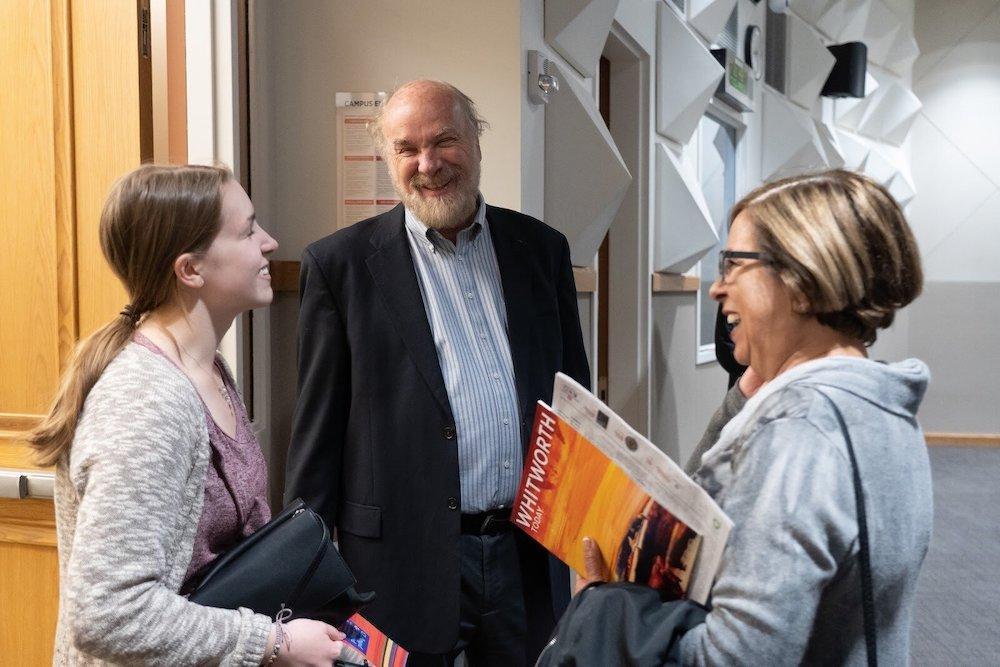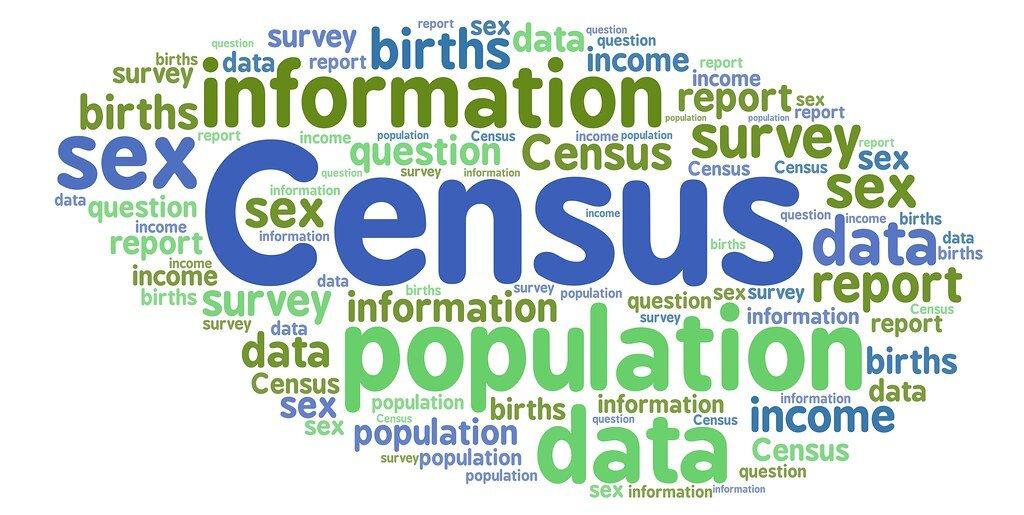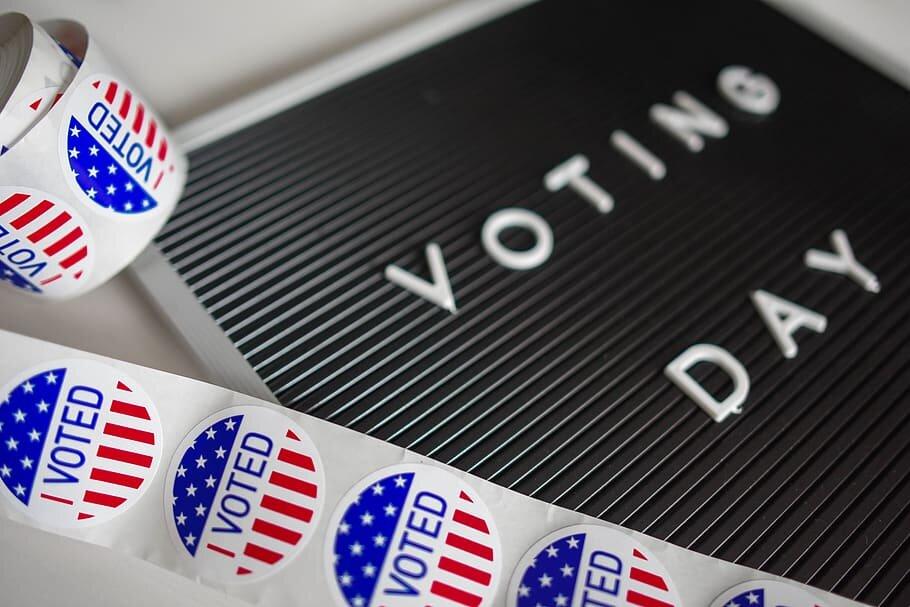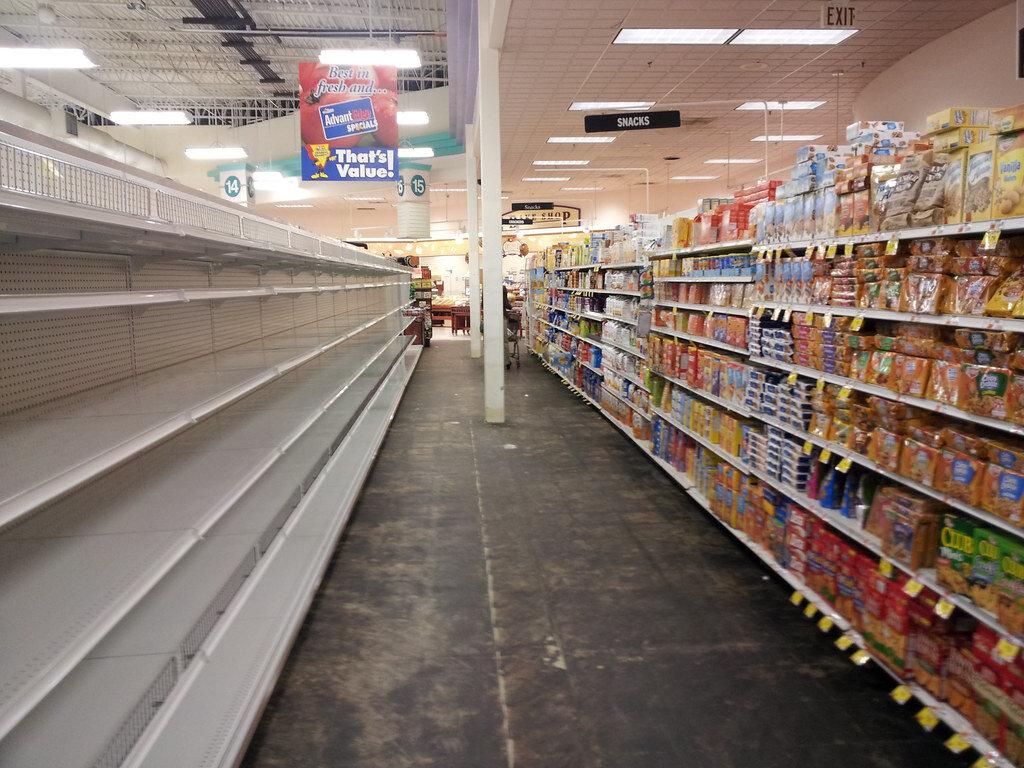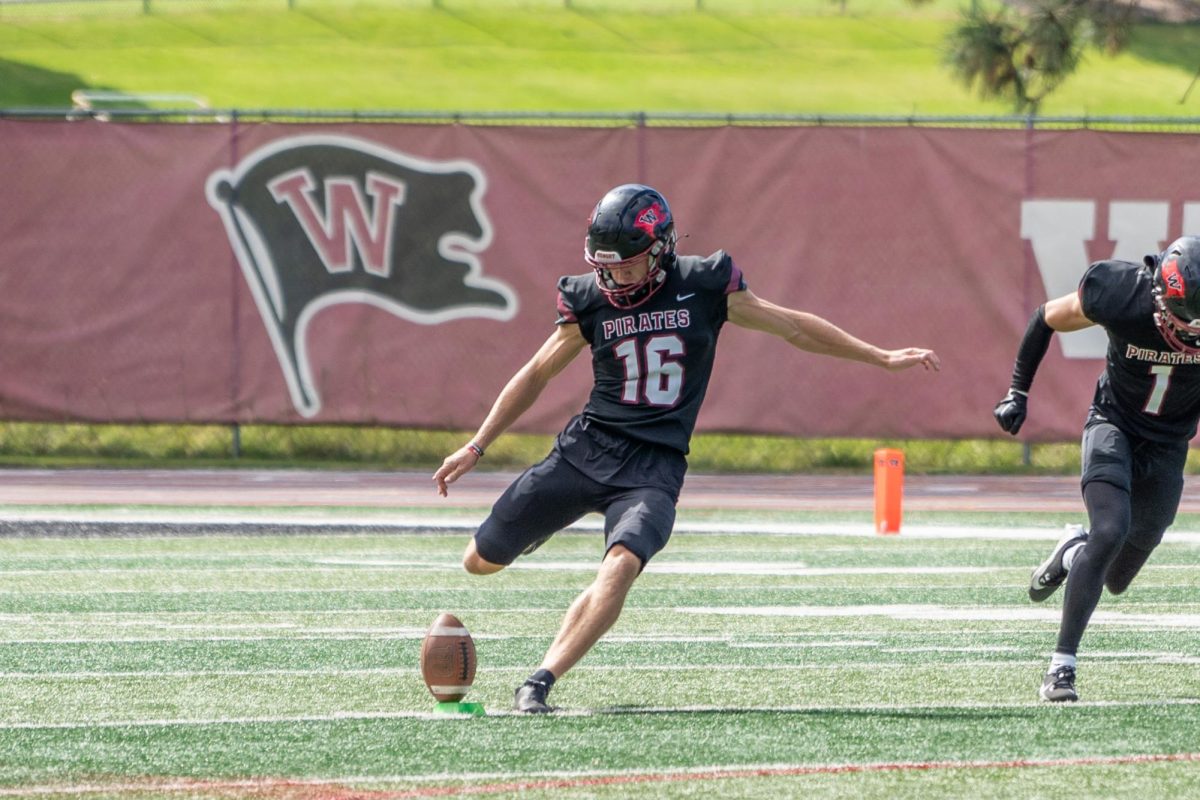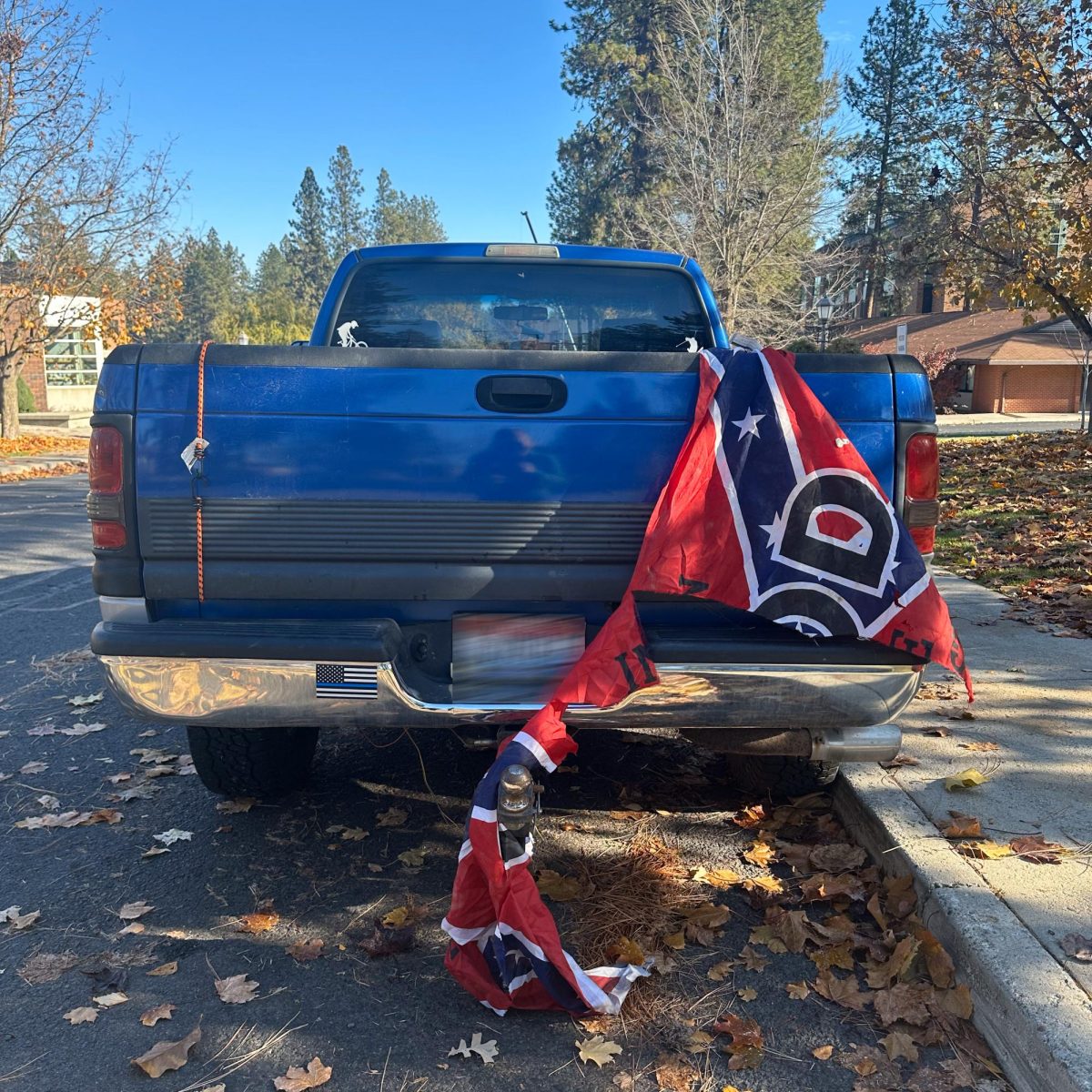Kids are stuck at home. The COVID-19 curve has been flattened. Now what?
Schools statewide have been closed since March 17, some districts having opted to close even sooner. Though schools were meant to reopen April 27, Governor Jay Inslee has now extended closures through the end of the school year. Though the curve has flattened in Washington State, according to U.S. News, immediately removing the stay-at-home order would ruin the progress Washington has made thus far against the spread of coronavirus.
The question still remains: how will this affect students, especially students and families who rely on school assistance to survive? Even more, what about those who require additional assistance within the classroom?
According to Governor Inslee’s order, programs providing free meals will continue, as will programs providing childcare. Schools districts have been encouraged to offer online and take-home learning options for the remainder of the school year, and are being asked to prepare methods for online learning for the upcoming fall term. While it is unknown whether or not in-person learning will remain cancelled, it is a fear for many families.
There was and is no way to prepare for a crisis like this and how we respond depends purely on the resources that remain available to us. While school districts are taking steps to ensure that students without internet access are able to continue their education, most schoolwork is being conducted online. According to The Guardian, 22% of American homes do not have internet access, and of those who do, 8% rely on mobile broadband. Even if every student in a school district has access to the internet, that does not mean their connections will be equal.
Even if every student had the materials necessary to complete online coursework, students needing additional assistance due to physical and/or learning disabilities will be left behind. According to the Seattle Times, 14% of K-12 students in Washington have a disability that requires assistance within schools. This is nearly 170,000 students. Aspects of special needs assistance will remain in effect despite school closures, but these students will be at a disadvantage in the years to come, along with low-income students. At this time there is no effective way to level the playing field. Motivated students with access to a safe space and a computer will not be affected as negatively as those who do not. Equity, the idea of leveling the playing field, is important to aspire to, but given the variety of student situations, it can be near impossible. Rather than spend this time attempting to correct the time and learning lost, we should reevaluate a system based on equality and explore new ways to enable teachers to provide the assistance students need. This could look like a myriad of things, such as continued education for teachers, exploring the addition of technological resources in in-person classrooms, and additional funding directed towards student supplies.
Through COVID-19, we have been forced to see the cracks in the education system. There are children who are inevitably left behind as a result of these changes, students who are incapable of independent study either due to learning disabilities or a lack of productive environment. That being said, some students may thrive under these circumstances. Moving forward, we must remember that equity is a near impossible achievement, especially when children are involved. Not every child can speak up for themselves, and it is unfair to expect every parent to advocate on their behalf.
The bottom line is this: public safety is first and foremost. We have to close our schools, we have to hope that most students, if not all, can make this adjustment with the aid of their teachers, but we have to recognize that moving forward these students will have missed something. At this time there is no remedy, no way to make up what is lost, yet there is a call to appreciate in-person education in its absence. Students need a bigger voice. Teachers need more aid.

